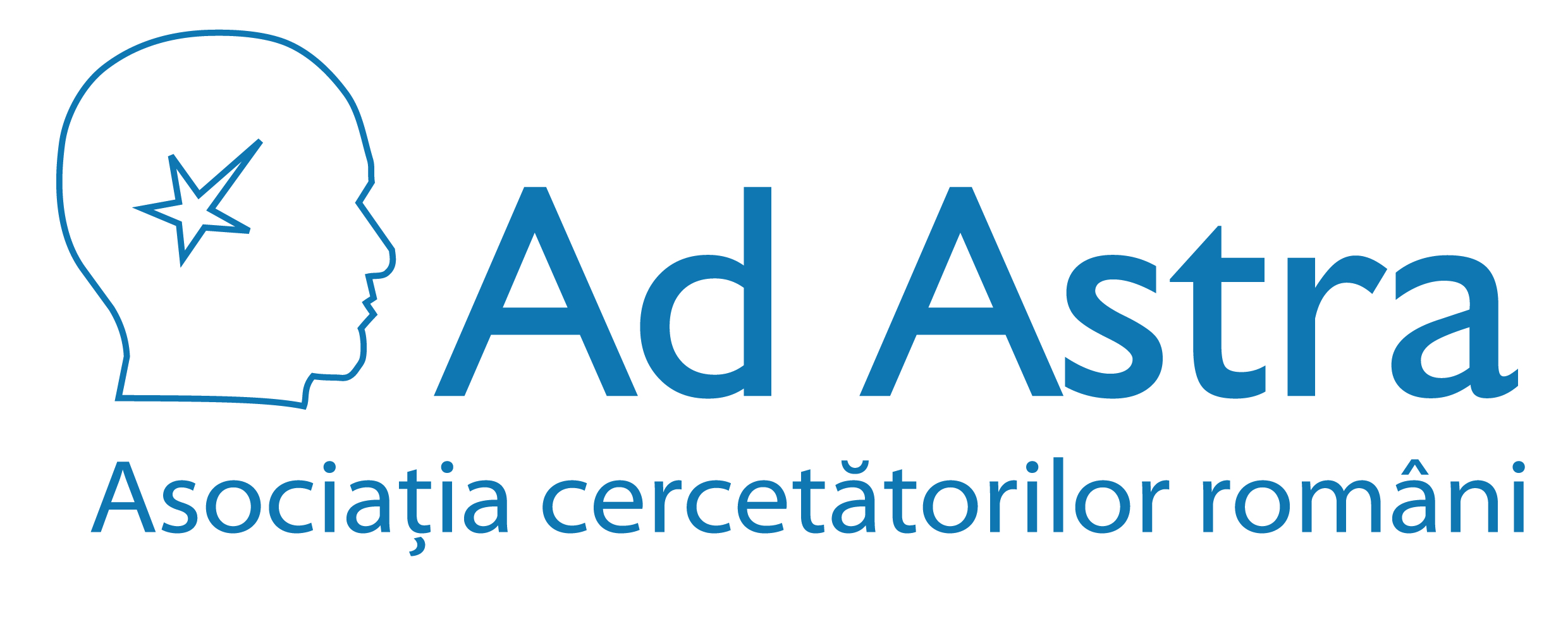Scopul nostru este sprijinirea şi promovarea cercetării ştiinţifice şi facilitarea comunicării între cercetătorii români din întreaga lume.
Staff Login
Publicatii proprii
The Ultrastructure of the Dying Cells in the Brain. An Atlas of Transmission Electron Microscopy
This atlas presents in the simplest form, at original magnifications, plates from different clinical cases encountered in routine neurosurgical procedures (atherothrombotic disease, cerebral ischemia, cerebral tumors, cerebrovascular malformations, neurotrauma, Moyamoya disease, encephalitis, etc.). It is available to biologist and pathologist needing current information on the role of ultrastructure in different cell death diagnosis. Over time,
Read moreA comparative ultrastructural study of a new type of autoschizis versus a survival cellular mechanism that involves cell membranes of cerebral arteries in humans
The authors analyzed by transmission electron microscopy the modifications of plasmalemma and nuclear envelope in the cerebral arterial wall in humans. Their ultrastructural observations are performed on the tunica media and endothelium. During autoschizis, some smooth muscle cells showed deep invaginations of the nuclear envelope with multiple craters that disintegrate the nucleus, whereas in the endothelium repetitive invaginations of plasmalemma
Read moreFrom pluripotent stem cells to multifunctional cordocytic phenotypes in the human brain: an ultrastructural study
Light microscopy and transmission electron microscopy were used to investigate surgical cases in a variety of pathological conditions (thromboses, tumors, cerebrovascular malformations, Moyamoya disease) to identify and characterize different phenotypes belonging to a new interstitial cell recently described ultrastructurally in the brain and here named "cordocyte." Also, this work is an attempt to identify and characterize precursor/stem cells for
Read moreThe thread-protective cell, a new cell performing multiple tasks
Our research work, which has led us to discovering the new cerebral cell, has started 30 years ago. An important moment was the year 1986, when we have highlighted it for the first time, during a study upon the clarification of some undiscovered aspects of cerebral atherosclerosis. In 2006 we have initiated the publishing of our results at three congresses (Cape Town - 2006; San Diego - 2009 and Los Angeles - 2011) as well as in three Atlases, form
Read moreIntrinsic growth deficiencies of mesenchymal stromal cells (MSCs) in myelodysplastic syndromes (MDS)
The quantification of dental trauma in clinical medical-legal practice. An update
Dental trauma is very frequent in clinical legal medicine practice and, even if it usually has a low severity it often posses difficult problems for the legal medicine specialist. It is the case of evaluating the severity of the injuries in order to asses the judicial implications. In 2002 we have published a grading methodology for evaluating the severity of trauma lesions in oro-maxillo-facial, OMF, pathology. However, due to recent advances in
Read moreTrigeminal ganglionic neuronal death in a case positive for the botulinum neurotoxin B
Botulinum neurotoxin B (BoNT-B) is a well known lethal agent in humans. In the last years botulinum neurotoxins have been used as therapeutic agents in pain management; their intimate effects on the peripheral nervous ganglia were however not thoroughly described. We present here a rare case of a BoNT-B serologically positive human adult in which trigeminal ganglia were found immunopositive for caspases 3 and 9. Thus the intrinsic apoptotic pathway
Read more
